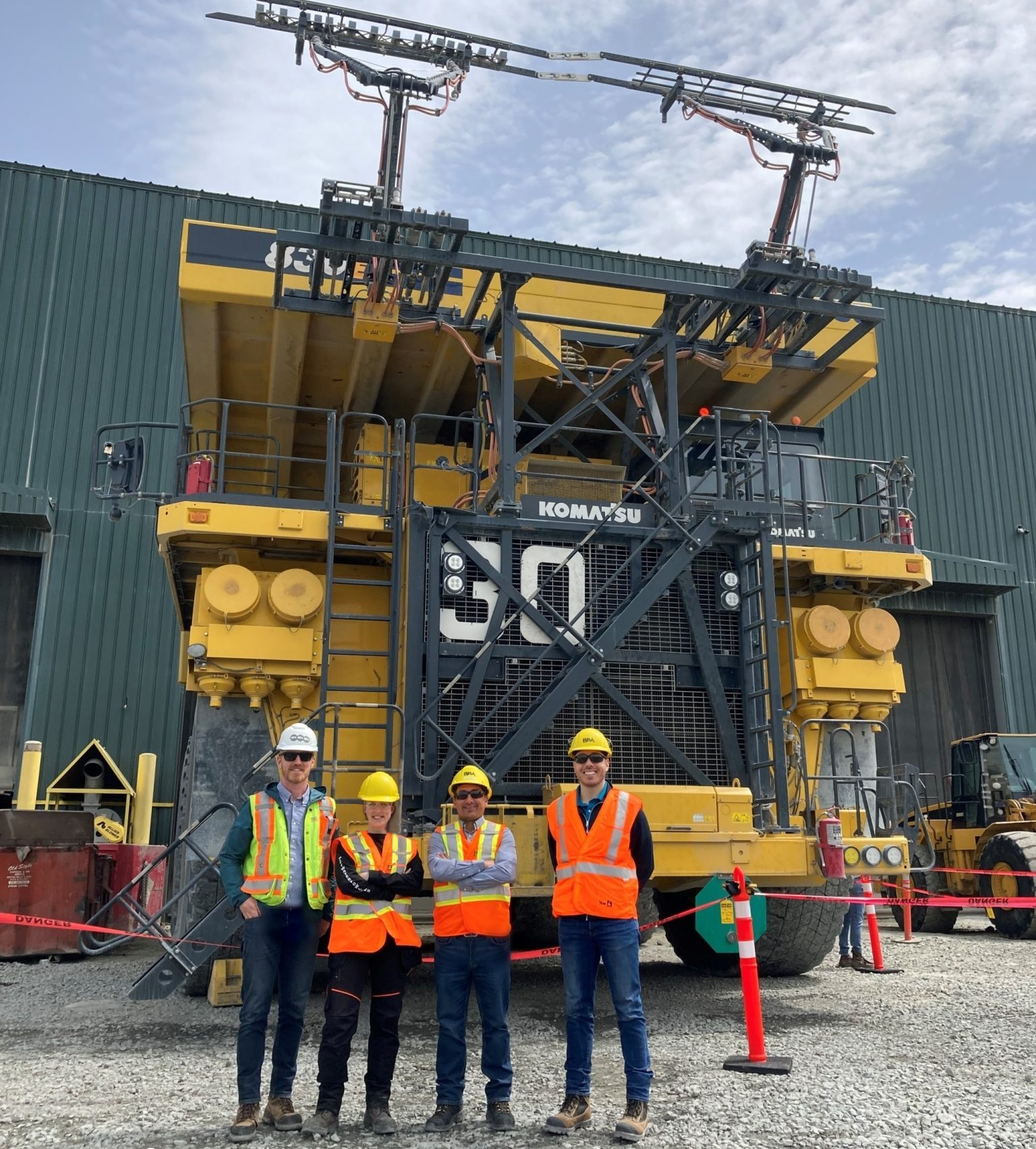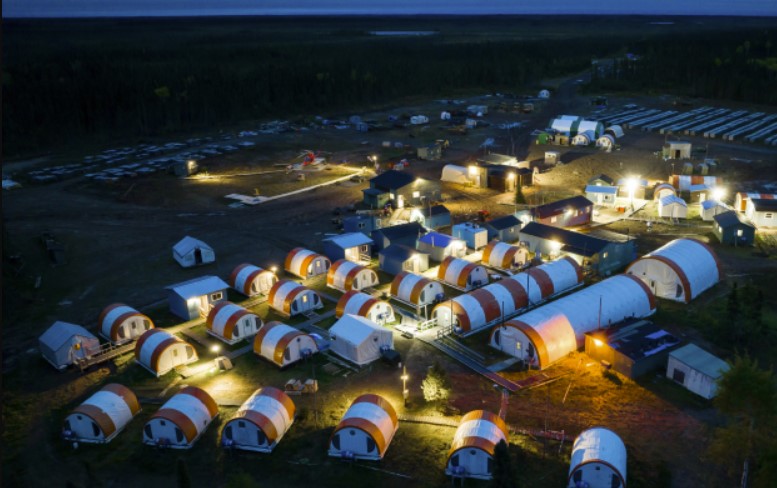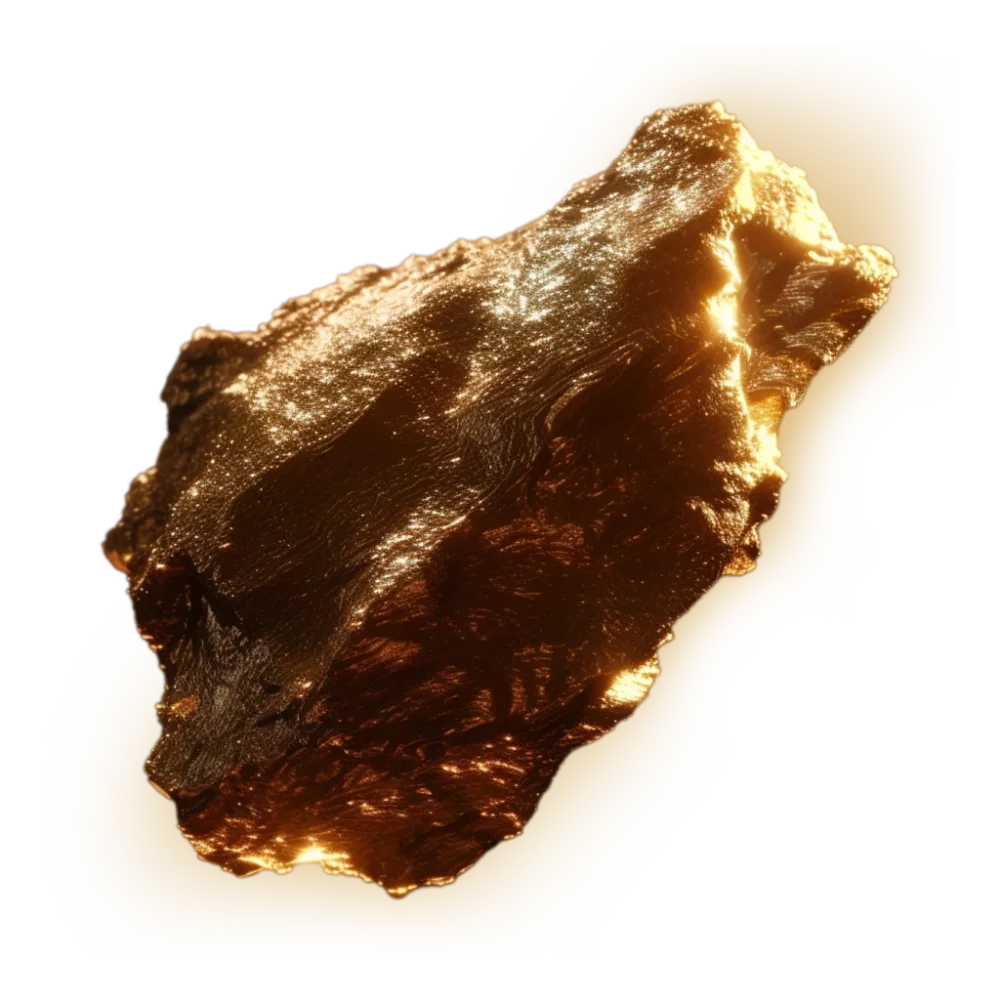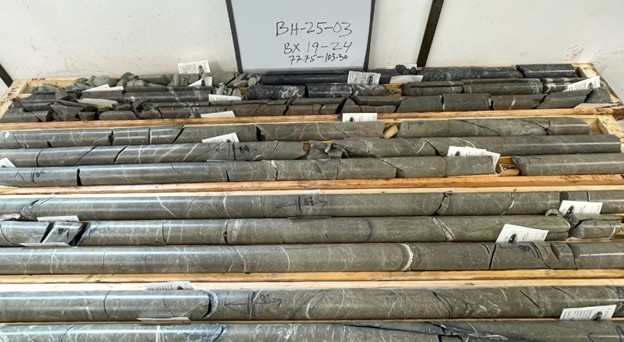To permit, or not to permit, that is the question!

Currently, it takes up to 15 years to permit a new mine in Canada. To resolve the challenges with permitting and authorizations, provincial and federal governments must provide the resources to expedite environmental reviews and permitting. The federal government plans to accelerate permitting processes and expedite the production of critical minerals. However, other government policies continue to hurt Canada’s attractiveness for mining investment.
A recent decision by Canada’s Supreme Court has declared certain provisions of Canada’s Impact Assessment Act (IAA) unconstitutional. The ruling specifically found the IAA’s provisions related to the assessment of “designated projects” to be outside the jurisdiction of the federal Parliament and, therefore, unconstitutional.
This decision is expected to lead to significant revisions to the IAA, which was passed in 2019. A response by the Mining Association of Canada (MAC) noted the uncertainty caused by the ruling will impact the mining industry and Canada’s energy transition, with many projects across the country currently undergoing federal assessment and more entering the process.
Highlighting the complex regulatory framework that mining projects face in Canada, including comprehensive provincial regulations and various federal requirements, the association argued there is a need to focus on regulatory certainty and investment competitiveness to position Canada for critical minerals success. It is essential that the effective and efficient regulation of the mining industry must become a priority for all levels of government in Canada.
Moreover, the results of the Fraser Institute’s 2022 annual survey of mining and exploration companies showed that when focusing solely on policy, Canada dropped to the fourth most attractive region for mining investment, behind the United States, Europe, and Australia. According to the survey, senior mining executives continue to cite policy uncertainty around protected areas and disputed land claims as major barriers to investment in every Canadian jurisdiction.
This issue features several articles on topics related to underground mining, including tunneling, ventilation, and communication, on pages 15 to 27 and 34 to 36.
On the hot topic of deep sea mining, the Canadian government recently echoed European governments, scientists, and environmental organizations in citing a need for robust regulation of seabed mining. Currently, Canada has a moratorium on deep sea mining in both national and international waters and does not presently have a domestic legal framework that would permit seabed mining. Catherine Hercus sheds some light on the current global state of seabed mining on page 28.
This year, Canada has been affected by a series of wildfires, and consequently mining companies have become exposed to wildfire risk. On page 23, wildfire risk mitigation for mining operations is discussed by the experts of Forsite Fire.
Finally, do you know who Skookum Jim was? If you do not, please flip to page 39 of this issue to read John Sandlos’s article on the History of Mining.
The next issue of the Canadian Mining Journal will be our first combined December-January issue. It will discuss international mining and the role played by the mining sector in supporting the global economy. Relevant editorial contributions can be sent directly to the Editor in Chief no later than November 10, 2023.





Comments